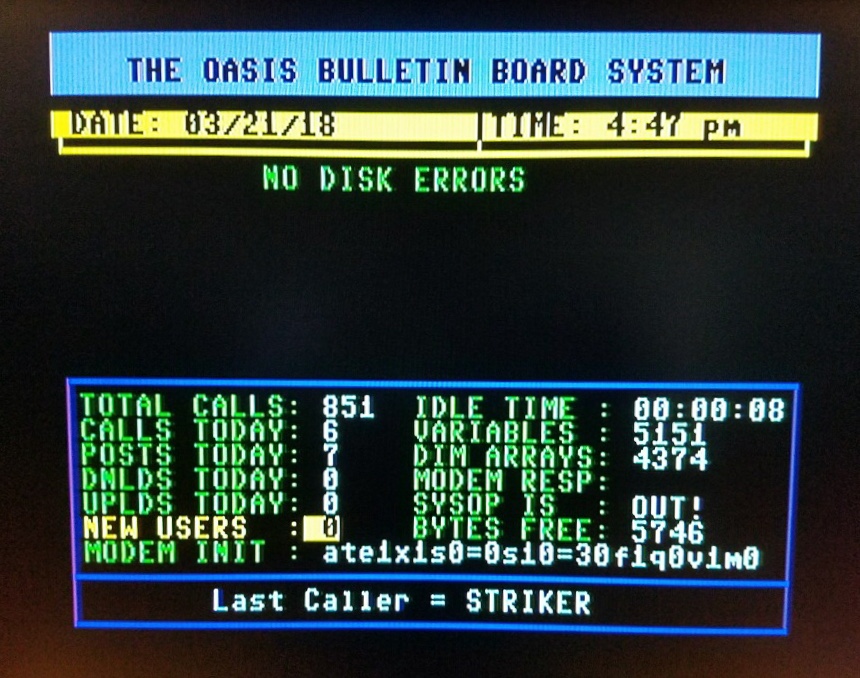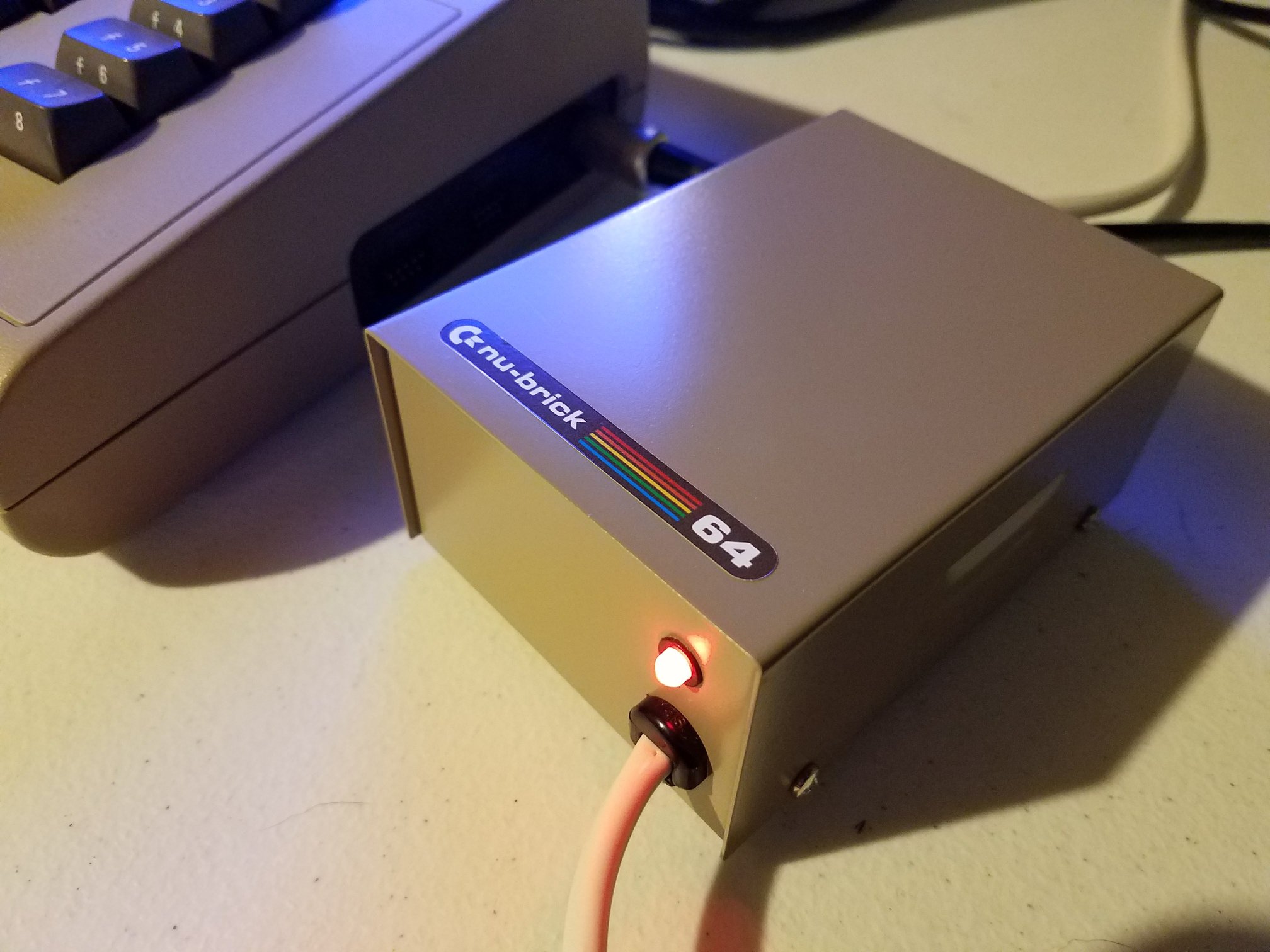EpicMusicFan breaks down the process of managing sprites in a 1-line BASIC demo program for the Commodore 64 in a detailed tutorial. The video offers retro computing enthusiasts and C64 demo creators a comprehensive guide to initializing the VIC and SID registers, streamlining unnecessary settings, and creating efficient animations. The tutorial emphasizes an alternative technique of changing sprite pointers to achieve smoother animations compared to relying solely on data lines.
Step 1: Initializing Registers
The first step involves setting up the VIC and SID registers for the demo. Since the program only requires a single sprite and no accompanying music, unnecessary configurations are removed. EpicMusicFan demonstrates how to create a helper program to load essential data. The loader program is modified to specify where the data sequence ends, ensuring it only retains the essential elements.
Unused settings such as SID registers, sprite pointers, and screen and border color adjustments (mapped to VIC+32 and VIC+33) are cleared, significantly reducing clutter. This streamlining simplifies the initialization process and ensures that only the essential sprite data is processed.
Step 2: Managing Sprite Data
With initialization complete, the focus shifts to handling sprite data on the screen. Multiple sprites appear on the screen, but adjustments to the Y-coordinates eliminate interference from unwanted sprites. By incrementing the memory address 1024 (the top-left corner of the screen), the program showcases how the sprite’s image changes dynamically.
EpicMusicFan uses this approach to demonstrate how basic animations can be achieved. Although rudimentary in appearance, this technique lays the groundwork for more complex animation sequences.
Step 3: Refining Animation Techniques
To enhance the animation, the tutorial explores an alternative method using the HOME command instead of CLEAR to prevent flickering caused by clearing the entire screen. By duplicating and modifying lines that write sprite data, the sprite animates seamlessly. While the animation may appear simplistic, it effectively demonstrates how altering sprite pointers provides a faster and more efficient animation technique.
Looking Ahead
The tutorial concludes by hinting at the advantages of sprite pointer manipulation, which will be explored in the next video. This approach is faster and more efficient than traditional data line animations, making it ideal for C64 demo creators looking to optimize their programs.







